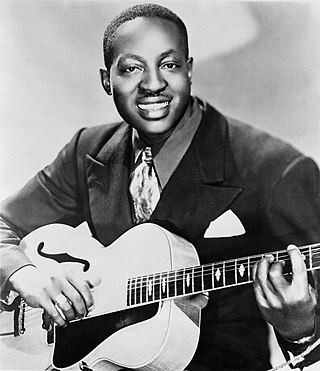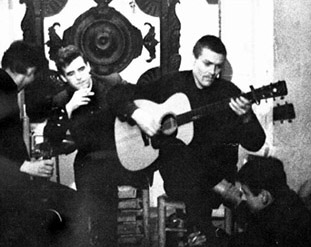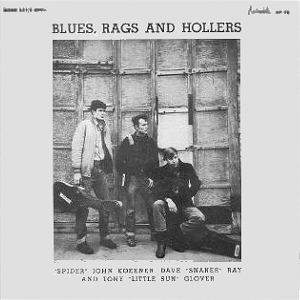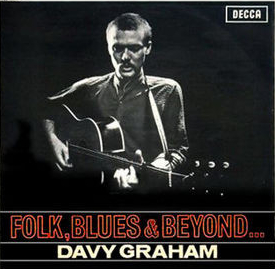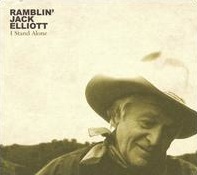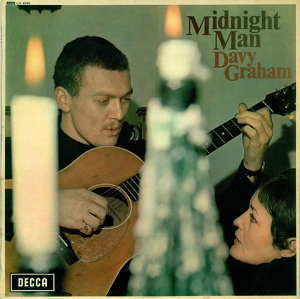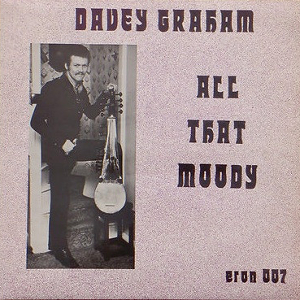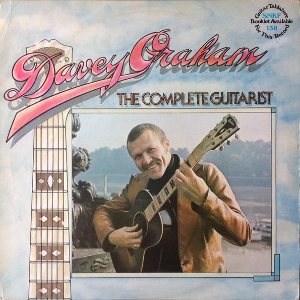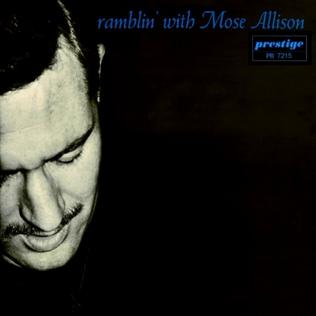This article needs additional citations for verification .(May 2021) |
| The Guitar Player | ||||
|---|---|---|---|---|
 | ||||
| Studio album by | ||||
| Released | 1963 | |||
| Genre | Folk jazz, jazz, blues | |||
| Length | 58:13 (reissue) | |||
| Label | Pye | |||
| Davey Graham chronology | ||||
| ||||
The Guitar Player is an album by British guitarist Davey Graham (then Davy Graham), released in 1963. It was his first LP after releasing the EP 3/4 A.D. one years earlier. [1] The session-musician Bobby Graham (no relation) plays drums on the album.
Contents
"I started to play the guitar about seven years ago, while I was still at school- homework always gave in to music, so I was no genius! As soon as I got home, I would put on a blues record- Big Bill Broonzy, Blind Lemon Jefferson, Memphis Slim, Champion Jack Dupree and Muddy Waters and many others as well as modern jazz greats like Charlie Parker, Charlie Mingus and Thelonious Monk, who are still my favourites.
When I got tired of the city and a job suffocating in an office, I went to Paris and sang and played in the streets to cinema queues and up and down the French Riviera. I must admit I was very glad when I was invited to play in night clubs where I could put down the plectrum and play finger style as I still do. Every summer for three years I would break the chains of a job (anything from librarian to crate-humper) and leave for the continent, taking £5– the fare to Paris, freedom and the sun of the Cote d’Azur. When I came back to England in the winter of 1961, I started to get more regular work playing in folk song clubs, and got my first “break” playing as accompanist along with Alexis Korner for Shirley Abicair, the Australian folk singer on broadcasts for radio, a TV series and a concert at the Royal Festival Hall.
When people ask me what type of guitar I play, I usually say “Blues, bits and pieces”. The numbers on this album are a mixture of jazz and folk influences. I think that every number has its own particular mood. Before I play I don’t know exactly what notes will come out, but I know the mood the number conjures up in me, so that on the framework of, say, a 12-bar blues with a slow tempo and a minor key, I can make the guitar cry by whining the strings.
On the other hand, for a calypso or fast rocking blues, I can use running single-line phrases with clipped notes to convey movement and excitement, filling in with block chords to keep the pulse of the number. For me, the richness of the guitar as a solo instrument, or an accompaniment to a singer lies in its many voices and moods.
For the last two years, I have been playing in Nick’s diner near Earl’s Court where I eat excellent steaks and am acquiring a taste for good wine and cigars! Over the past year I have made half a dozen solo TV appearances, though I love to play with a band. I have recently joined Alexis’ “Blues Incorporated” and have a ball both playing, and watching the dancers. All is said now except that I sincerely hope you enjoy this record either to listen to, or as a background to good conversation!"
- Davy Graham 1963
It was reissued in 2003 on CD by Sanctuary Records with eight bonus tracks. It was also released as The Guitar Player... Plus.
